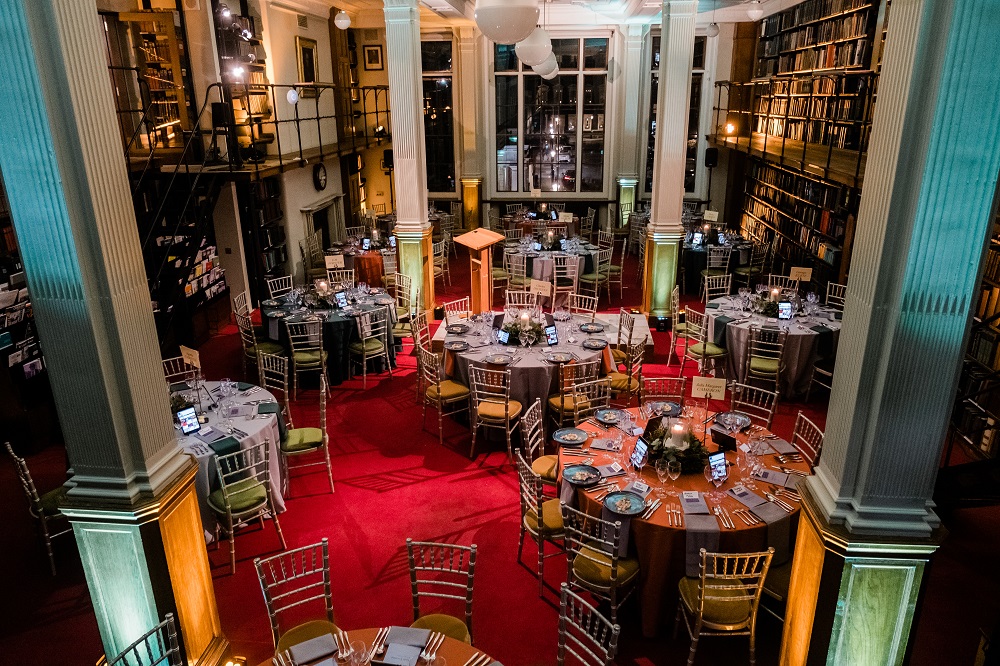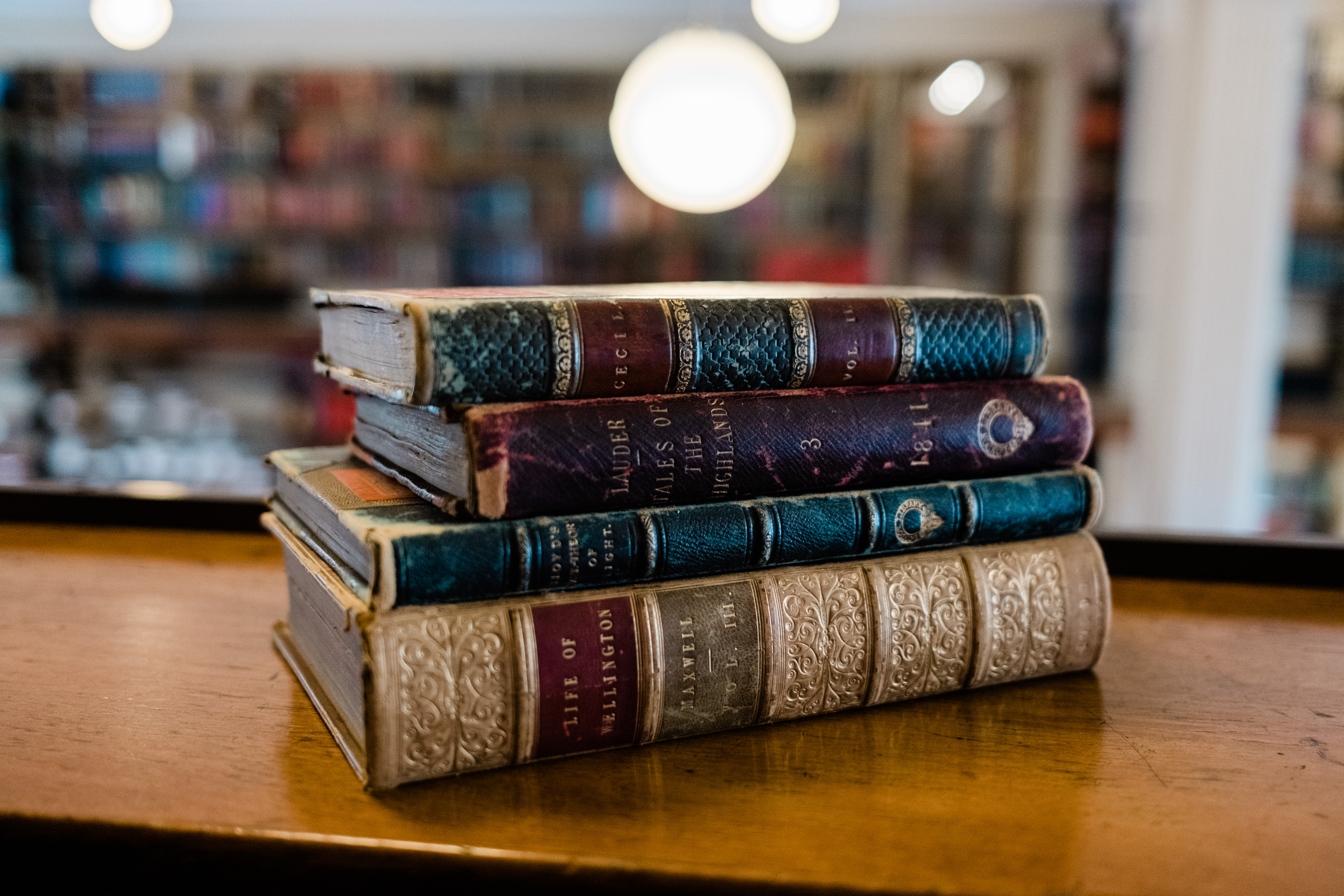Redemption can take many forms. A little book held at The London Library, containing iconic images of cruelty and suffering, is a eulogy for a fallen comrade, an attack on his torturers and killers and an attempt to silence those who accused the author of cowardice for escaping the martyr’s fate. By Dunia Garcia-Ontiveros, Head of Bibliographic Services at The London Library. Adapted from an article originally written for History Today.
The book’s title is De persecutione Anglicana libellus quo explicantur afflictiones, calamitates, cruciatus, & acerbissima martyria, quæ Angli Catholici nūc ob fidē patiuntur (On the English persecution, a book in which are explained the suffering, misfortunes, torture and bitterest martyrdom that the English Catholics suffered for their faith). It was printed in Rome in 1582 and although published anonymously its author has been identified as the English Jesuit Robert Persons, (also known as Parsons).
The recusant dean of Balliol College Oxford was expelled from the university in 1574 and after travelling to Italy he entered the Society of Jesus the following year, becoming a priest in 1578.
In April 1580 Parsons and Edmund Campion, also a former Oxford scholar turned Jesuit, returned to England as Catholic missionaries; Parsons disguised as an army captain and Campion as a jewel merchant. Their main purpose was to strengthen the faith of English Catholics by disseminating books and religious objects. They were supposed to avoid political discussion and to proceed with extreme caution, particularly because the authorities had intercepted a letter and already knew of their presence in England.
Parsons was pretty good at keeping a low profile but Campion was much more conspicuous. Using clandestine presses he produced two books: Challenge to the Privy Council (also known as Campion’s Brag), where he defended the purely religious purpose of his mission, andDecem Rationes or Ten Reasons against the Anglican Church. Parsons also published while on the run, producing his Confessio fidei but was altogether more careful in his movements. Consequently, Campion was arrested on the charge of treason and the printing presses he used were seized. As soon as he heard the news of Campion’s arrest, Parsons fled back to the continent and to safety, leaving his friend behind.
In December 1581 Campion was tortured on the rack, hanged, drawn and quartered. Parsons obviously knew that had he stayed in England he would have suffered the same fate and it seems surprising that he should have chosen self-preservation over martyrdom when, as the rector of the English College in Rome, he had advocated martyrdom as the most powerful form of Catholic propaganda. It is tempting to think that Parsons lived to regret his moment of weakness and that his writing De persecutione immediately after Edmund’s death was prompted not only by his abhorrence at the atrocities inflicted on Campion but also by an uneasy conscience.
The book’s denunciation of Elizabethan barbarism is a very graphic one as it includes six powerful and moving engravings depicting every stage of the Catholic martyr’s suffering (although equally horrific torments had been inflicted on Protestants during Queen Mary’s reign). The images that at first recorded Campion’s ordeal took on a life of their own and had a lasting influence. The plates were originally designed by the publisher, engraver, journalist and Catholic spy Richard Verstegan to accompany Thomas Alfield’s eye witness account of Campion’s execution at Tyburn. They were used again in William Allen’s A briefe historie of the glorious martyrdom of XII reverend priests, becoming classics of Jesuit iconography that would be often imitated.





















